Yeti ASR
Wheel Size: 29”
Travel: 115 mm rear / 120 mm front
Geometry Highlights:
- Sizes Offered: XS, SM, MD, LG, XL
- Headtube Angle: 66.5°
- Reach: 445 mm (Size Medium)
- Chainstay Length: 437 (Size Medium)
Frame Material: Carbon fiber
Price: Complete bikes starting at $5,600 USD
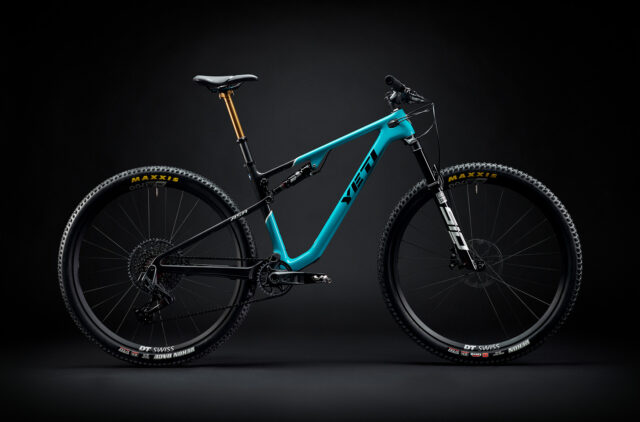
Intro
Yeti has deep roots in Cross-Country mountain bike racing, but their lineup has been void of a true World Cup Cross-Country race rig for several years now. That all changes today with the reintroduction of the ASR, more than two decades after the ASR name first graced Yeti’s lineup.
Yeti has mostly been focusing on the Trail, Enduro, and Freeride categories this decade, but as they stood on the proverbial sidelines, World Cup Cross-Country racing has become more technical and dynamic. So, Yeti has decided to re-enter the lycra game by pairing what they’ve learned by developing their current lineup with their roots in XC racing, and the result is something quite interesting that we haven’t yet seen from Yeti — read on to dig deeper into the revived ASR:
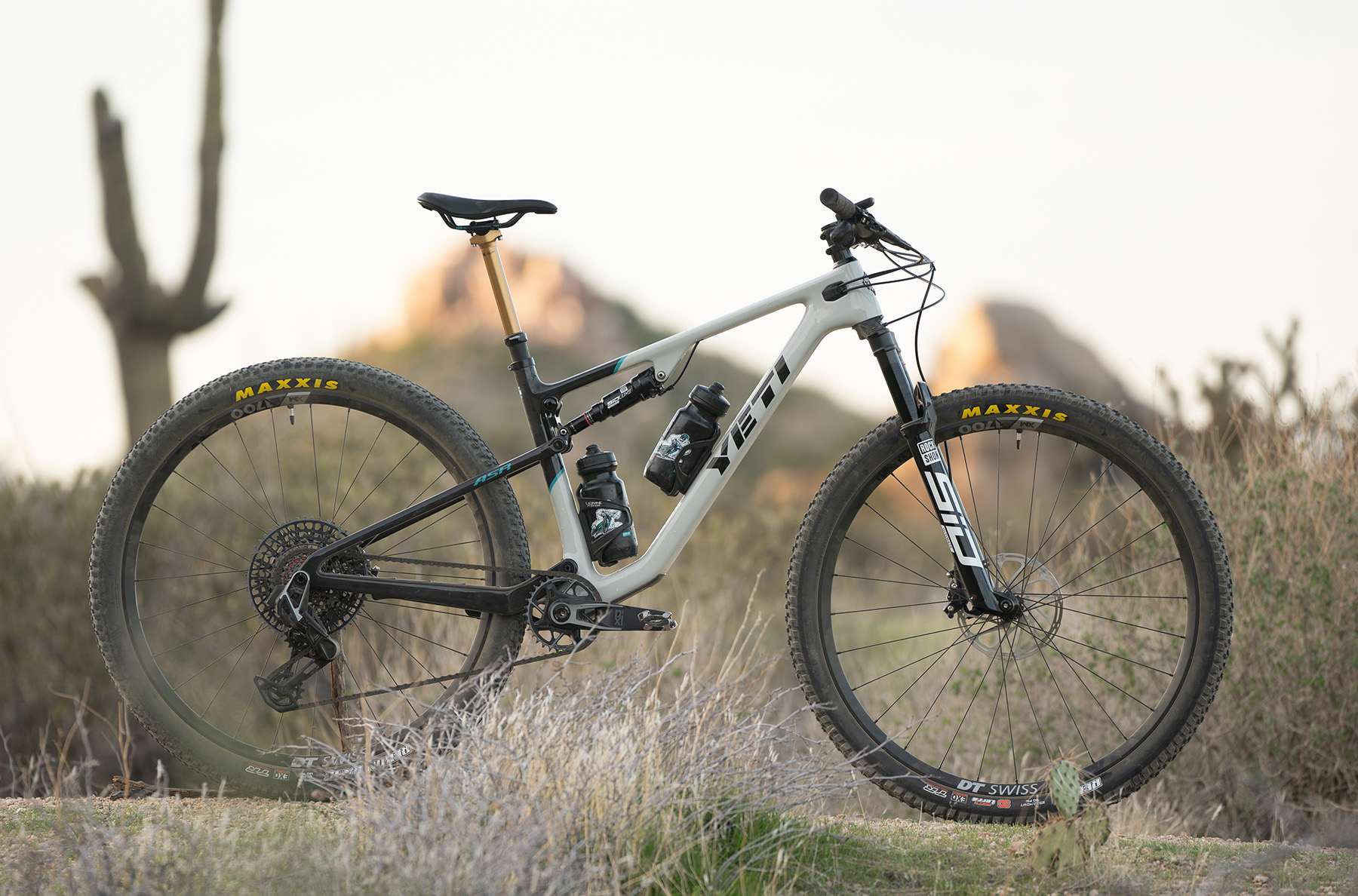
The Frame
The Yeti ASR has existed in a variety of forms throughout its on-and-off existence, though it has maintained a familiar silhouette featuring a full suspension frame with a linkage-driven shock. While this new ASR isn’t an entirely radical step in its evolution, Yeti did mix it up a bit with the resurrected ASR by bringing back a flex stay suspension design and also bumping up the rear travel to 115 mm, up from 100 mm that the previous ASR featured 7 years ago.
But, the suspension layout isn’t all that’s noteworthy with the frame. Yeti also claims that this is the lightest full-suspension bike they’ve ever made, with their Turq carbon frame coming in at a featherweight 1552 grams without a shock (stated, size Medium).
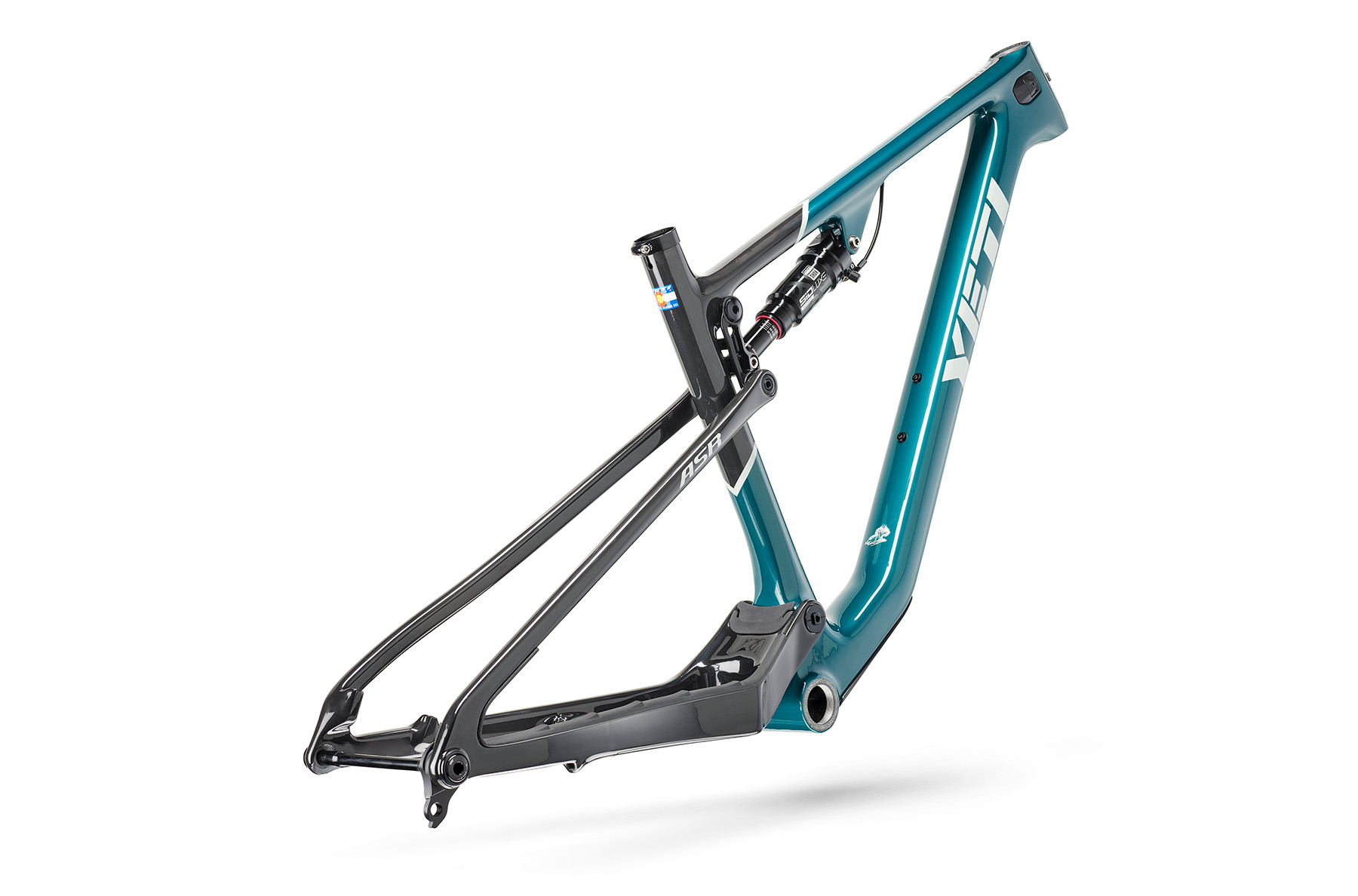
Yeti claims to have been able to achieve this lightweight frame by focusing on reducing the amount of redundant carbon on the frame, making sure that every gram has a purpose for structure and stiffness. They also prioritized reducing solid carbon volume around the pivot points of the frame, instead relying on existing tubing walls for increased structure around these high-force areas. And like the rest of Yeti’s lineup, the ASR is only available in carbon fiber, though Yeti does offer their standard “C” carbon and high-modulus “Turq” carbon options, where the Turq frames are slightly lighter. Yeti also fine-tuned the stiffness for each individual frame size with the goal of keeping ride qualities the same across the size range.
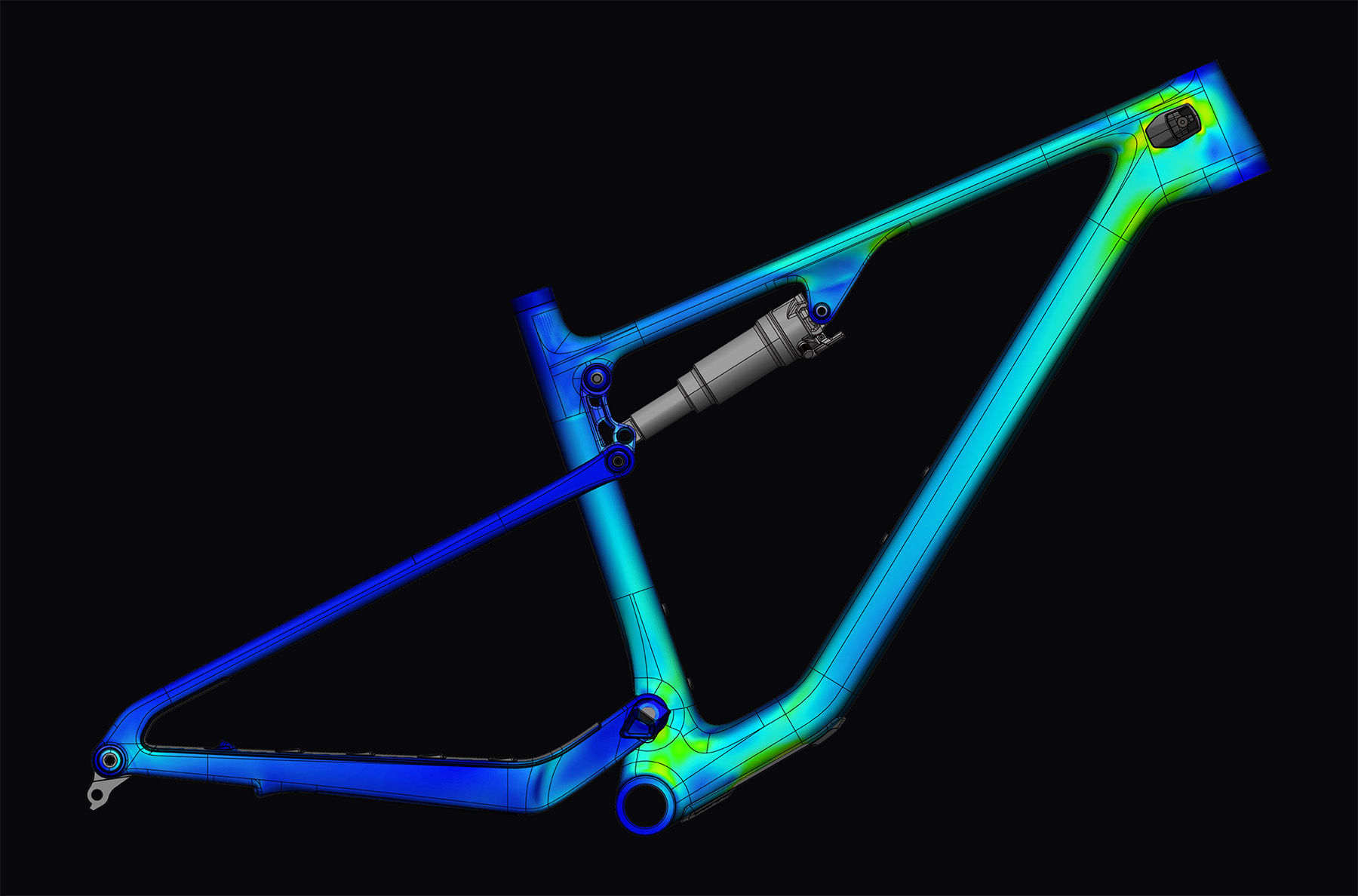
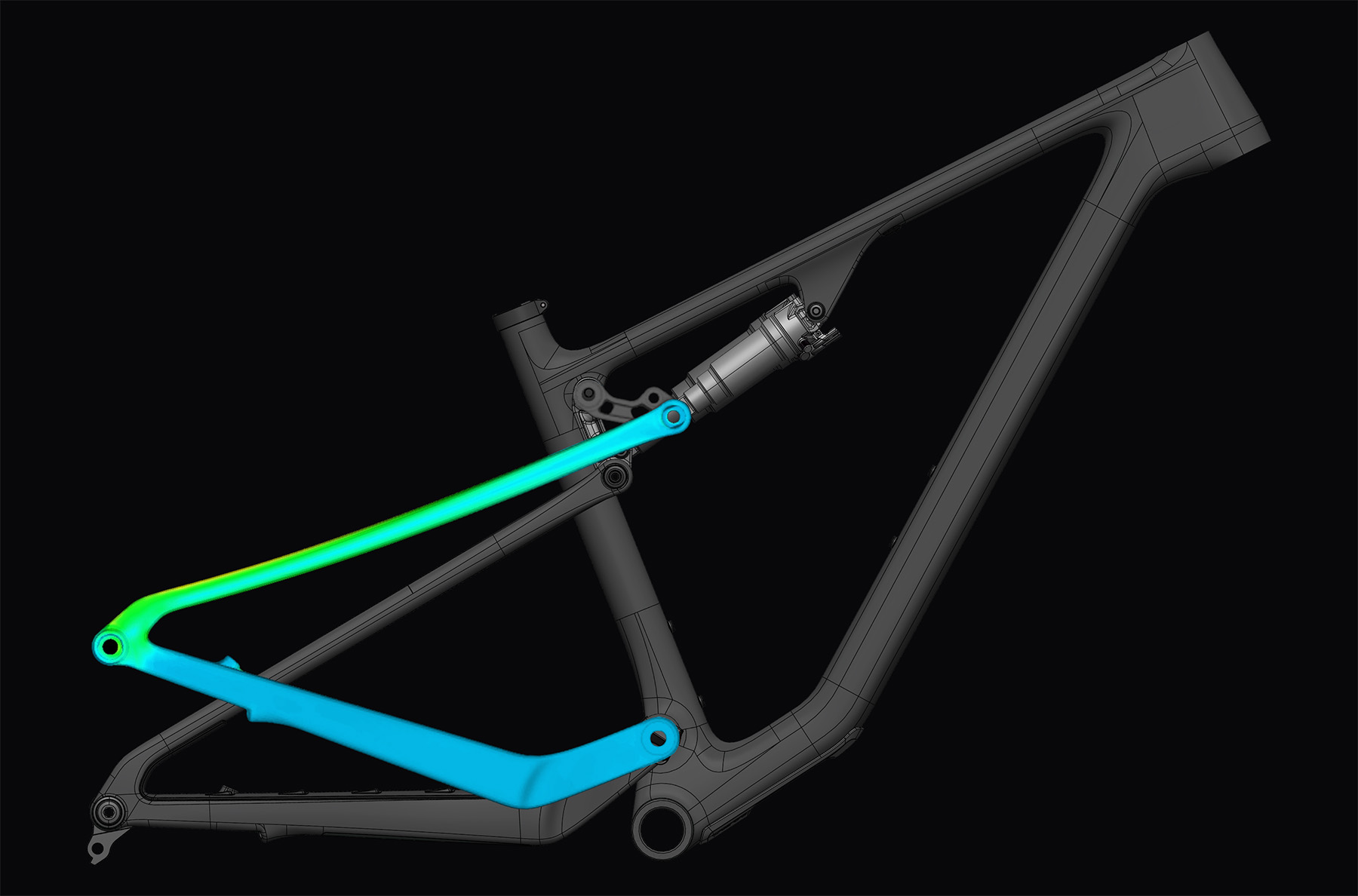
Suspension-wise, the ASR utilizes a mostly linear leverage curve with only 10% progression, with the intention of complimenting short-stroke, low-volume inline rear shocks to achieve the desired suspension feel. This curve starts at just under 3:1, climbs to just over 3:1, then begins to drop around 20% sag, continuing past the recommended 30% sag all the way down to around 2.7:1 at full travel utilization. Anti-squat numbers are pretty significant, ranging from 110-150% at the top of the travel and ending at ~85-105% at the bottom of the travel with a 32t chainring. Anti-rise starts at a cool ~105% with no suspension load, and ends at ~85% at the full 115 mm of travel.
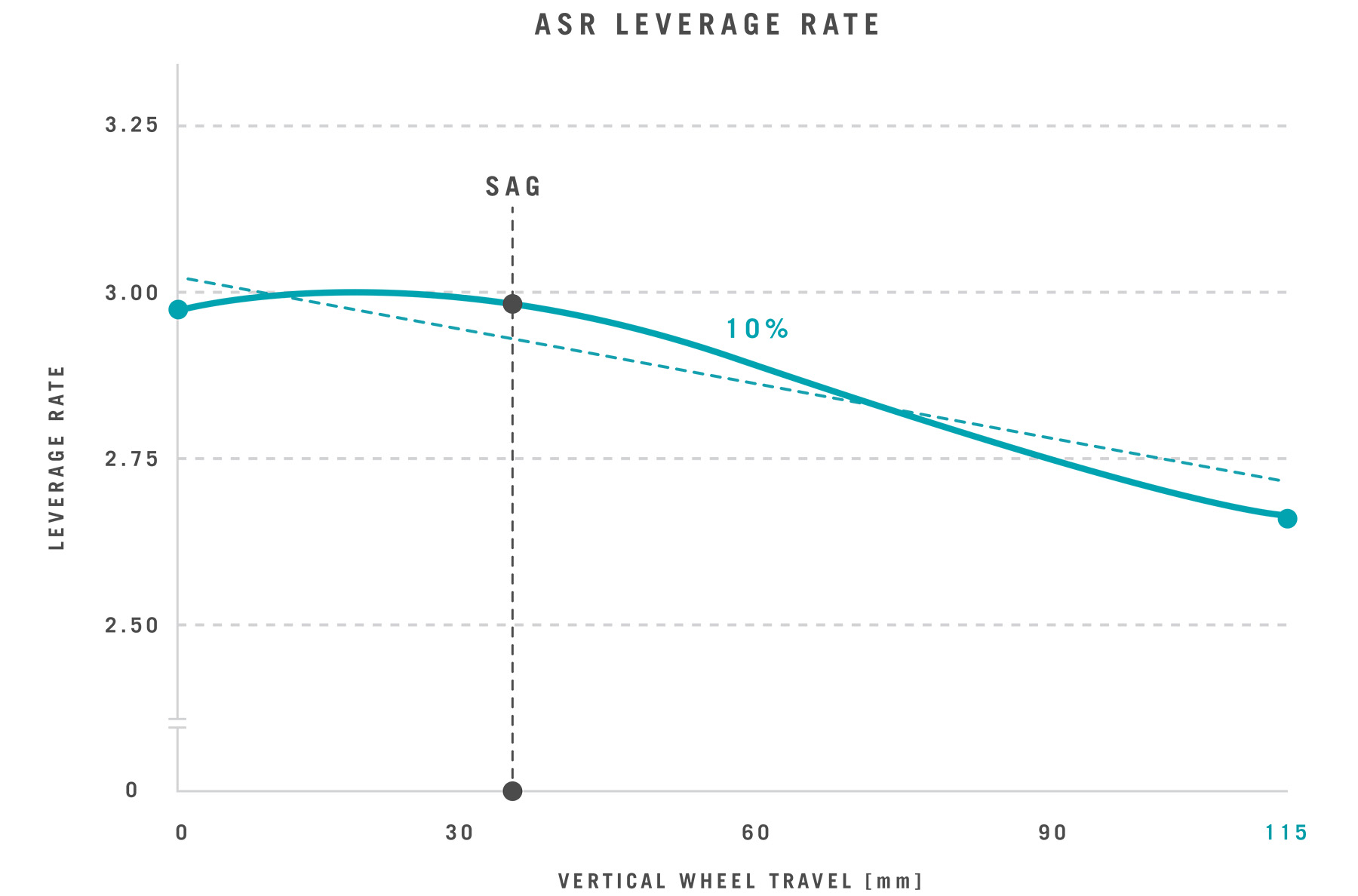
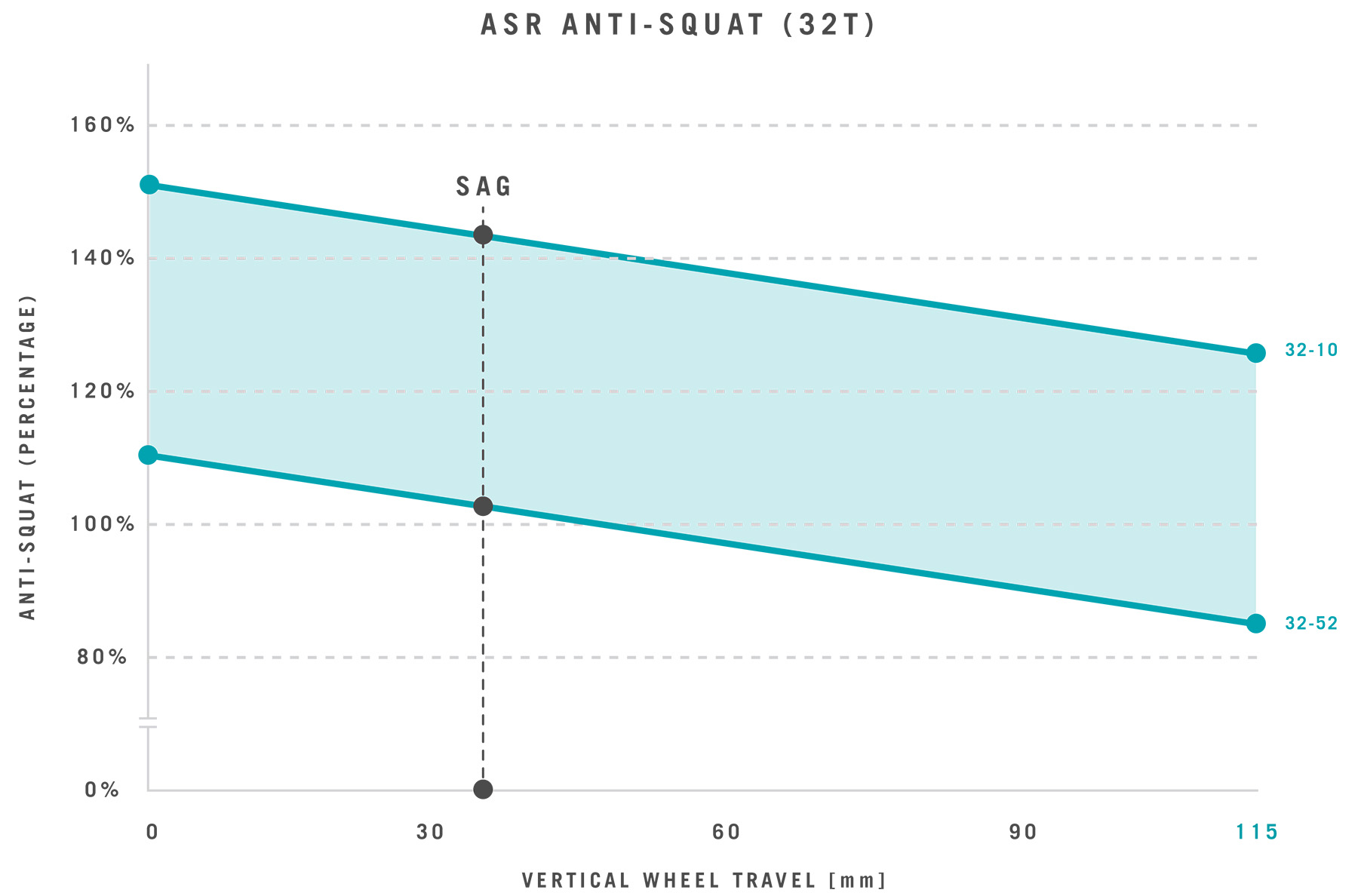
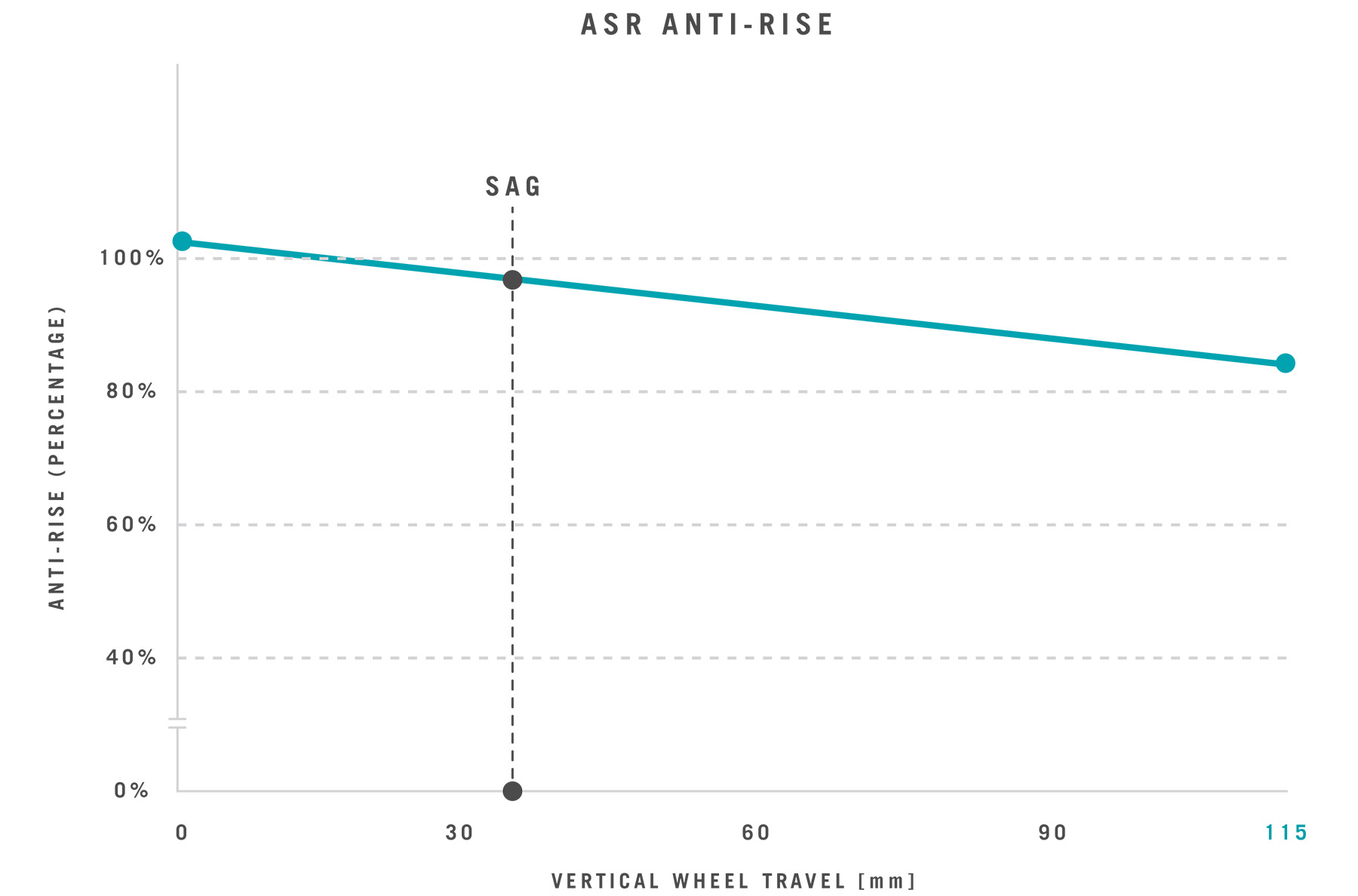
It’s also worth mentioning that Yeti is optionally offering a dedicated “wireless” frame that does not support the cable routing required for wired drivetrain systems, but instead opts to save just over 100 grams (size Medium, Turq frame) by foregoing cable ports. Thirsty pedalers will also rejoice at the fact that every size of the new ASR can accommodate two water bottles inside the front triangle, though that’s limited to a 21 oz bottle on the seat tube, and the XS size can only fit a 15 oz water bottle on the down tube. The new ASR also features an integrated chain guide, SRAM UDH compatibility, and a threaded bottom bracket.
Fit & Geometry
The revitalized ASR also comes with fresh, modern geometry that you’d come to expect from a brand that has played a significant part in the mountain bike geometry revolution that occurred over the past decade. Like their other bikes, Yeti opted to keep a single geometry setting on this, leaving flip chips out of the picture. That geometry leaves us with a 66.5º head tube angle, a 75.5º effective seat tube angle, and modern reach sizes on each size frame including a 445 mm reach for the Medium size.
Yeti is doing something a bit unique for a World Cup XC race bike by using different chainstay lengths for each size of the new ASR, where the XS size starts with 433 mm chainstays, and each larger size grows by 2 mm, ending with 441 mm chainstays on the XL ASR. Stack height is pretty conventional at 600 mm for the Medium size, and Yeti emphasizes that this bike’s geometry is designed to put riders in a powerful climbing position, both for seated and out-of-the-saddle efforts.
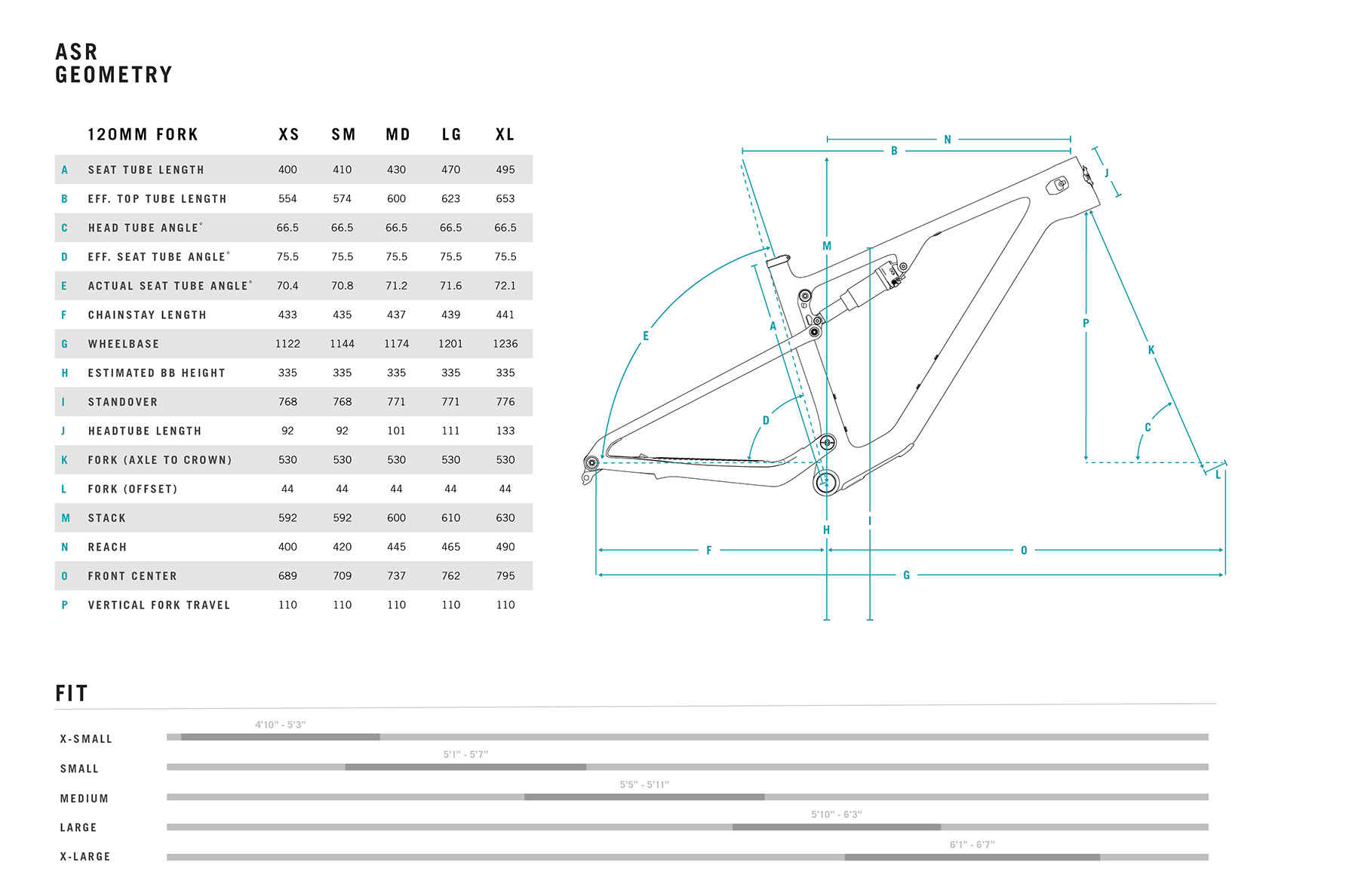
The Build
Yeti offers the new ASR in a pretty wide assortment of builds, as well as in two different carbon frame layups. The ASR’s build kits are cohesive and weight-conscious, with details like a 180 mm rotor up front and a 160 mm rotor out back showcasing Yeti’s dedication to keeping the grams low on this bike.
Interestingly, Yeti opted for RockShox suspension on the ASR, relegating longtime suspension partner Fox to just dropper post duties on this bike. “C-series” builds have an optional $600 upgrade for RockShox Ultimate level suspension and TwistLoc 3-position remote suspension lockout, while all but the priciest “Turq series” build kits have an optional $2,000 upgrade for DT Swiss’s new XRC 1200 carbon wheelset, with the top-level T5 build kit coming standard with these wheels.
Highlights from the available builds are as follows:
- Drivetrain: SRAM GX Eagle
- Brakes: SRAM Level TL 2-piston (180 mm front rotor, 160 mm rear rotor)
- Fork: RockShox SID Select (120 mm), 3 position adjustment
- Shock: RockShox SIDLuxe Select+, 3 position adjustment
- Wheels: DT Swiss M1900 30 mm
- Dropper Post: Fox Transfer SL Performance Elite (XS-SM: 125 mm; MD-XL: 150 mm)
- Drivetrain: SRAM GX Eagle AXS Transmission
- Brakes: SRAM Level TL 2-piston (180 mm front rotor, 160 mm rear rotor)
- Fork: RockShox SID Select (120 mm), 3 position adjustment
- Shock: RockShox SIDLuxe Select+, 3 position adjustment
- Wheels: DT Swiss M1900 30 mm
- Dropper Post: Fox Transfer SL Performance Elite (XS-SM: 125 mm; MD-XL: 150 mm)
- Drivetrain: SRAM XO1 Eagle
- Brakes: SRAM Level TLM 2-piston (180 mm front rotor, 160 mm rear rotor)
- Fork: RockShox SID Ultimate (120 mm), 3 position adjustment and TwistLoc remote
- Shock: RockShox SIDLuxe Ultimate, 3 position adjustment and TwistLoc remote
- Wheels: DT Swiss XM1700 30 mm
- Dropper Post: Fox Transfer SL Performance Elite (XS-SM: 125 mm; MD-XL: 150 mm)
- Drivetrain: SRAM XX1 Eagle
- Brakes: SRAM Level TLM 2-piston (180 mm front rotor, 160 mm rear rotor)
- Fork: RockShox SID Ultimate (120 mm), 3 position adjustment and TwistLoc remote
- Shock: RockShox SIDLuxe Ultimate, 3 position adjustment and TwistLoc remote
- Wheels: DT Swiss XM1700 30 mm
- Dropper Post: Fox Transfer SL Performance Elite (XS-SM: 125 mm; MD-XL: 150 mm)
- Drivetrain: SRAM X0 Eagle AXS Transmission
- Brakes: SRAM Level TLM 2-piston (180 mm front rotor, 160 mm rear rotor)
- Fork: RockShox SID Ultimate (120 mm), 3 position adjustment and TwistLoc remote
- Shock: RockShox SIDLuxe Ultimate, 3 position adjustment and TwistLoc remote
- Wheels: DT Swiss XM1700 30 mm
- Dropper Post: Fox Transfer SL Factory (XS-SM: 125 mm; MD-XL: 150 mm)
- Drivetrain: SRAM XX Eagle AXS Transmission, w/ Power Meter crankset
- Brakes: SRAM Level Ultimate (180 mm front rotor, 160 mm rear rotor)
- Fork: RockShox SID Ultimate Flight Attendant (120 mm), 3 position adjustment
- Shock: RockShox SIDLuxe Ultimate Flight Attendant, 3 position adjustment
- Wheels: DT Swiss XRC 1200
- Dropper Post: SRAM Reverb AXS (XS-SM: 125 mm; MD-XL: 150 mm)
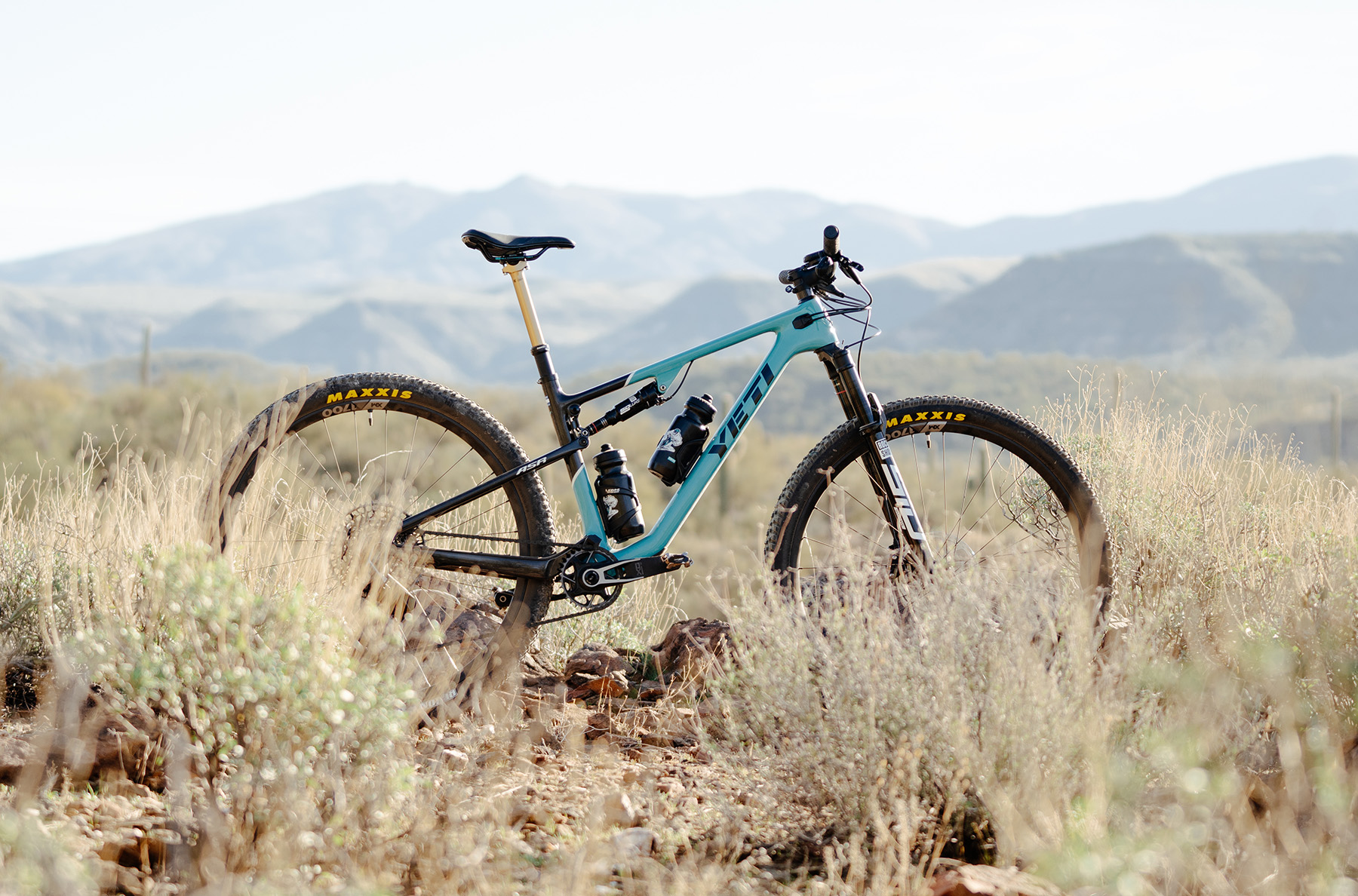
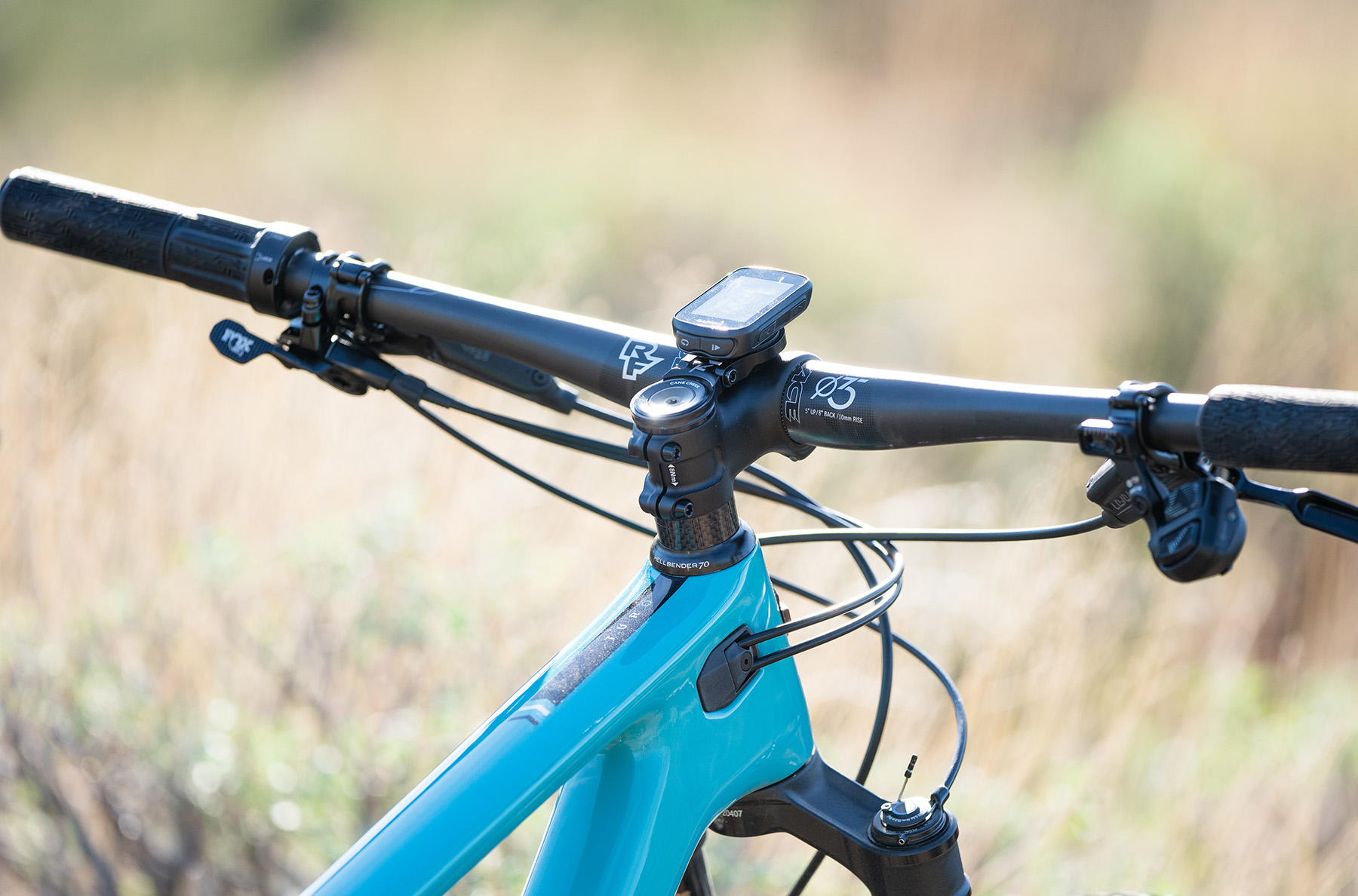
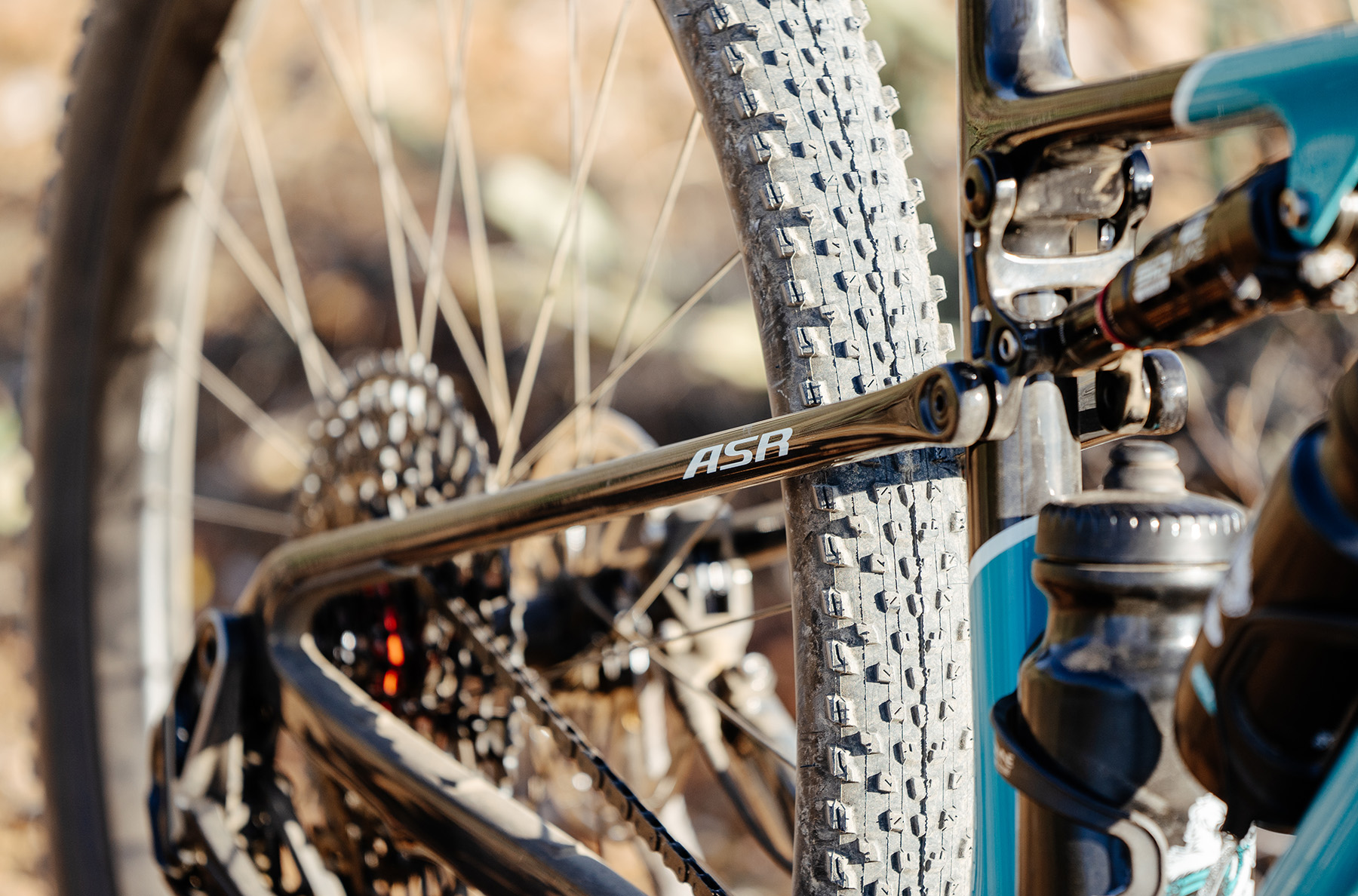
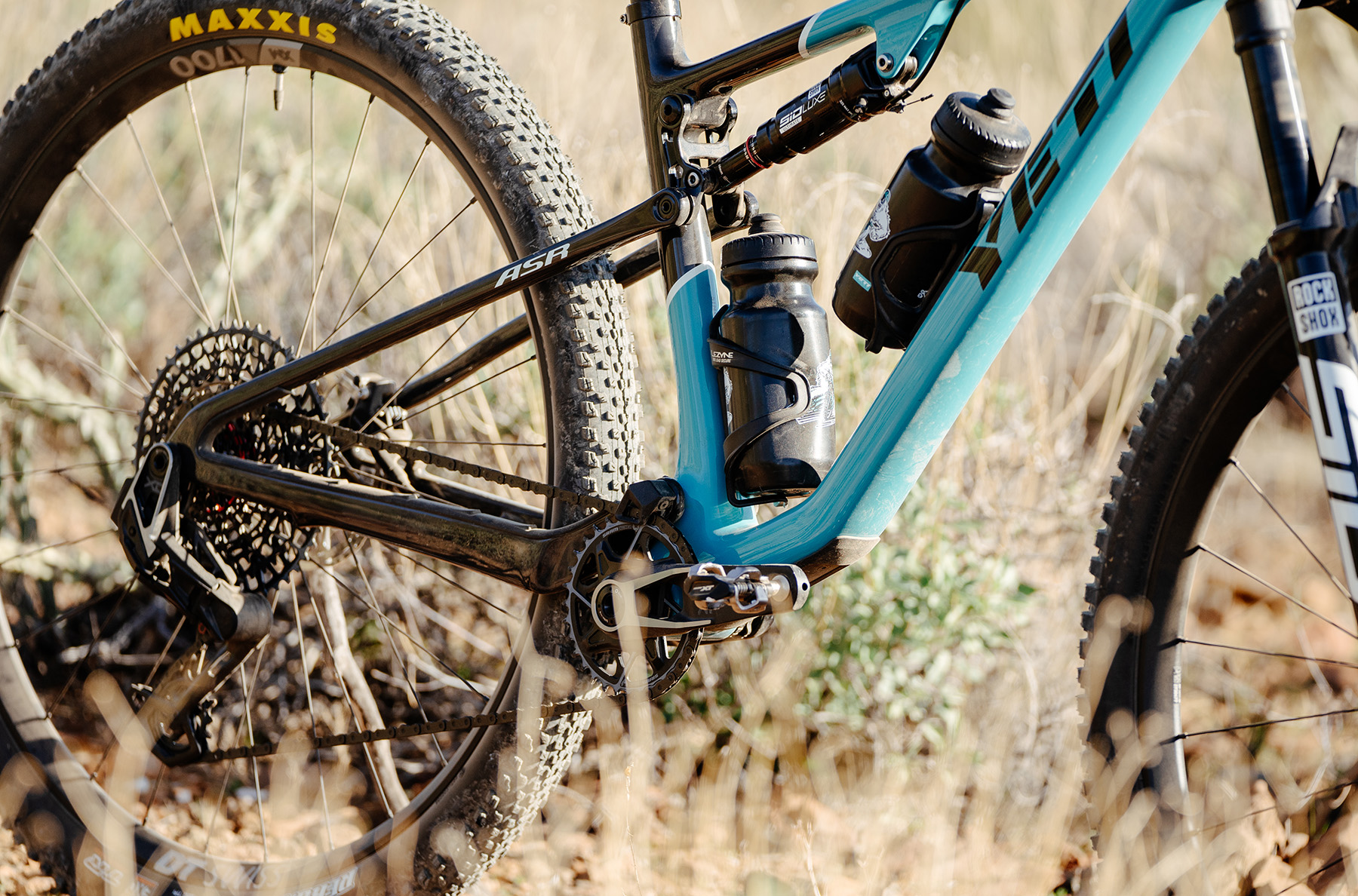
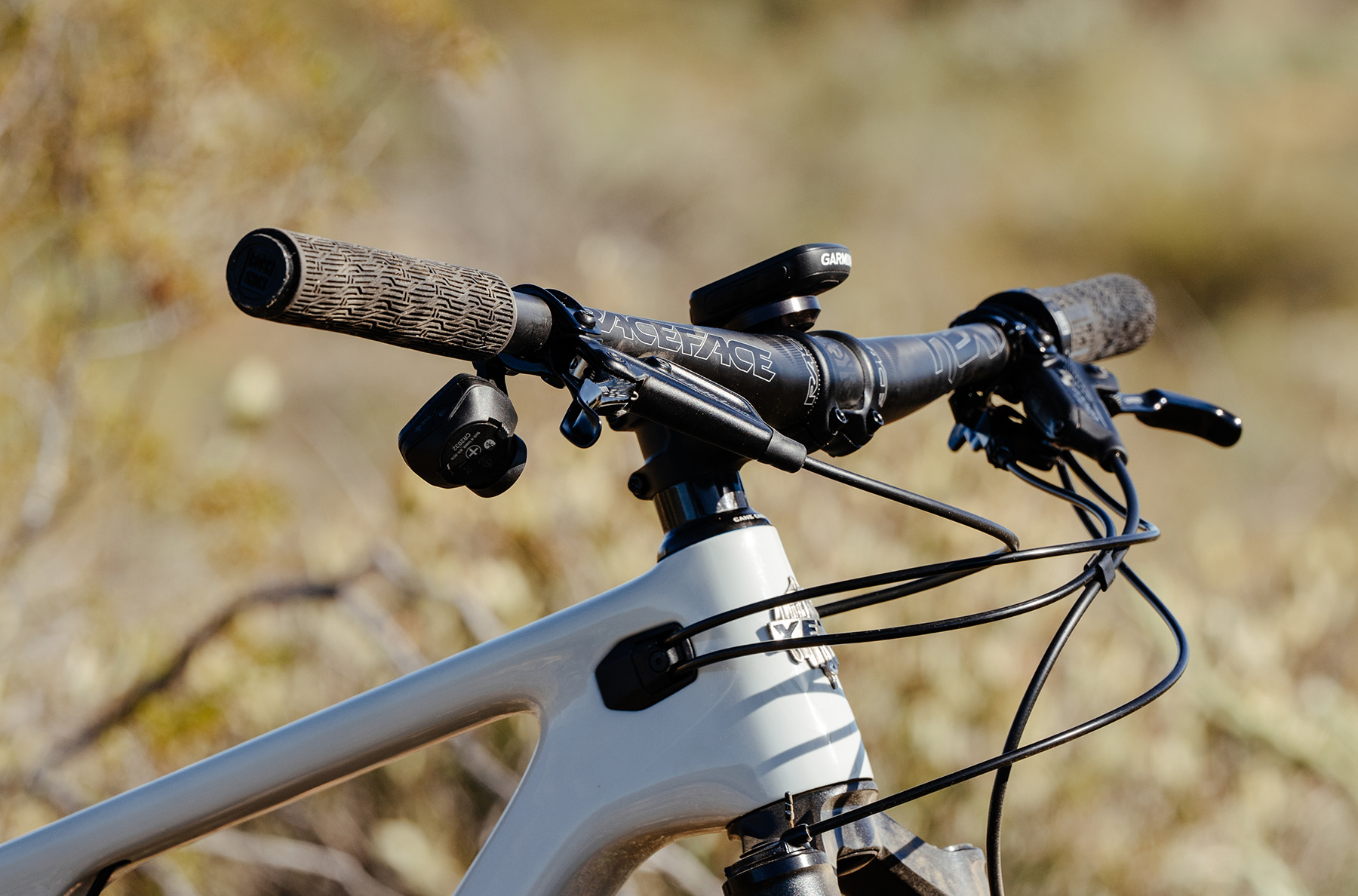
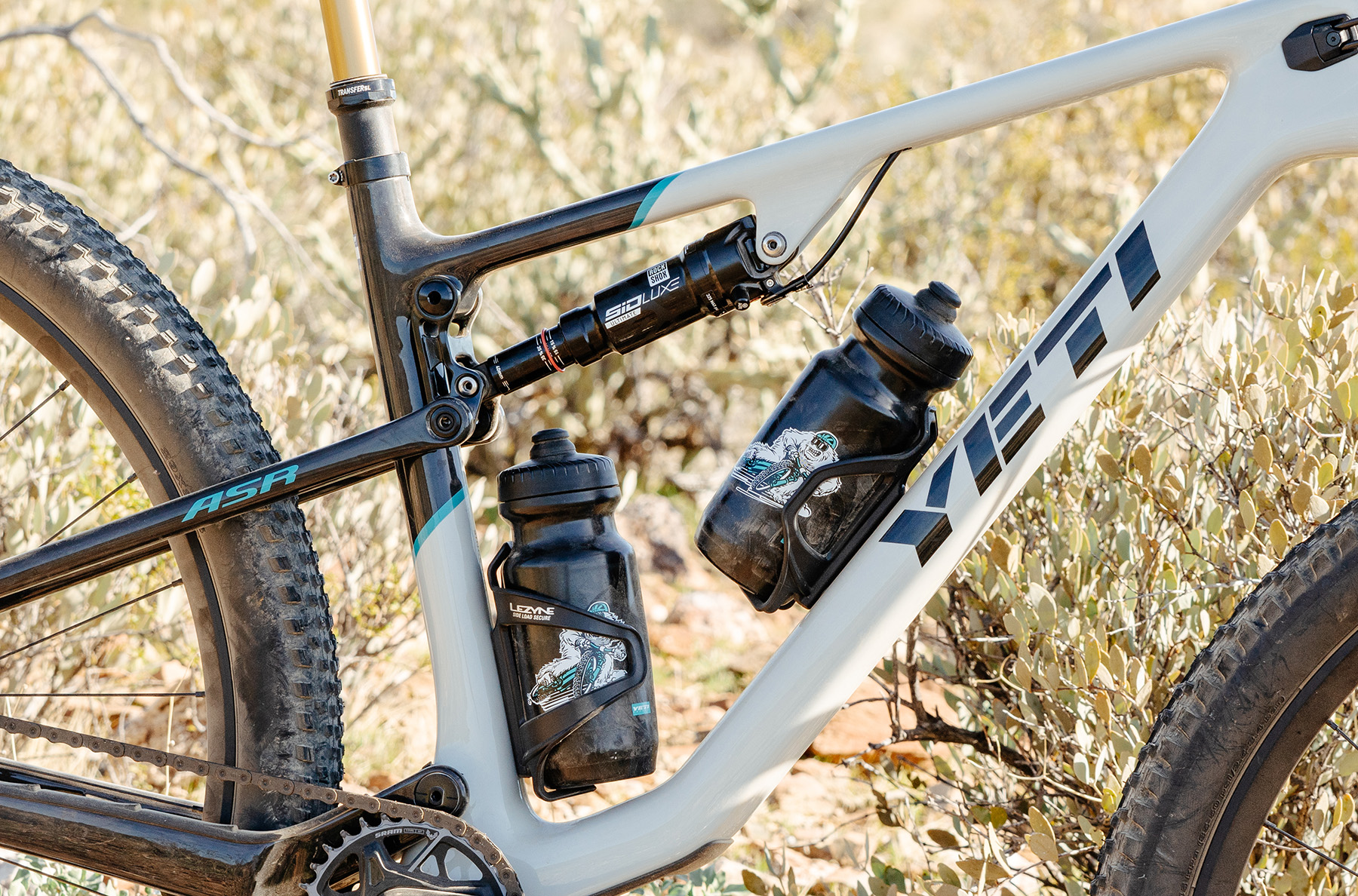
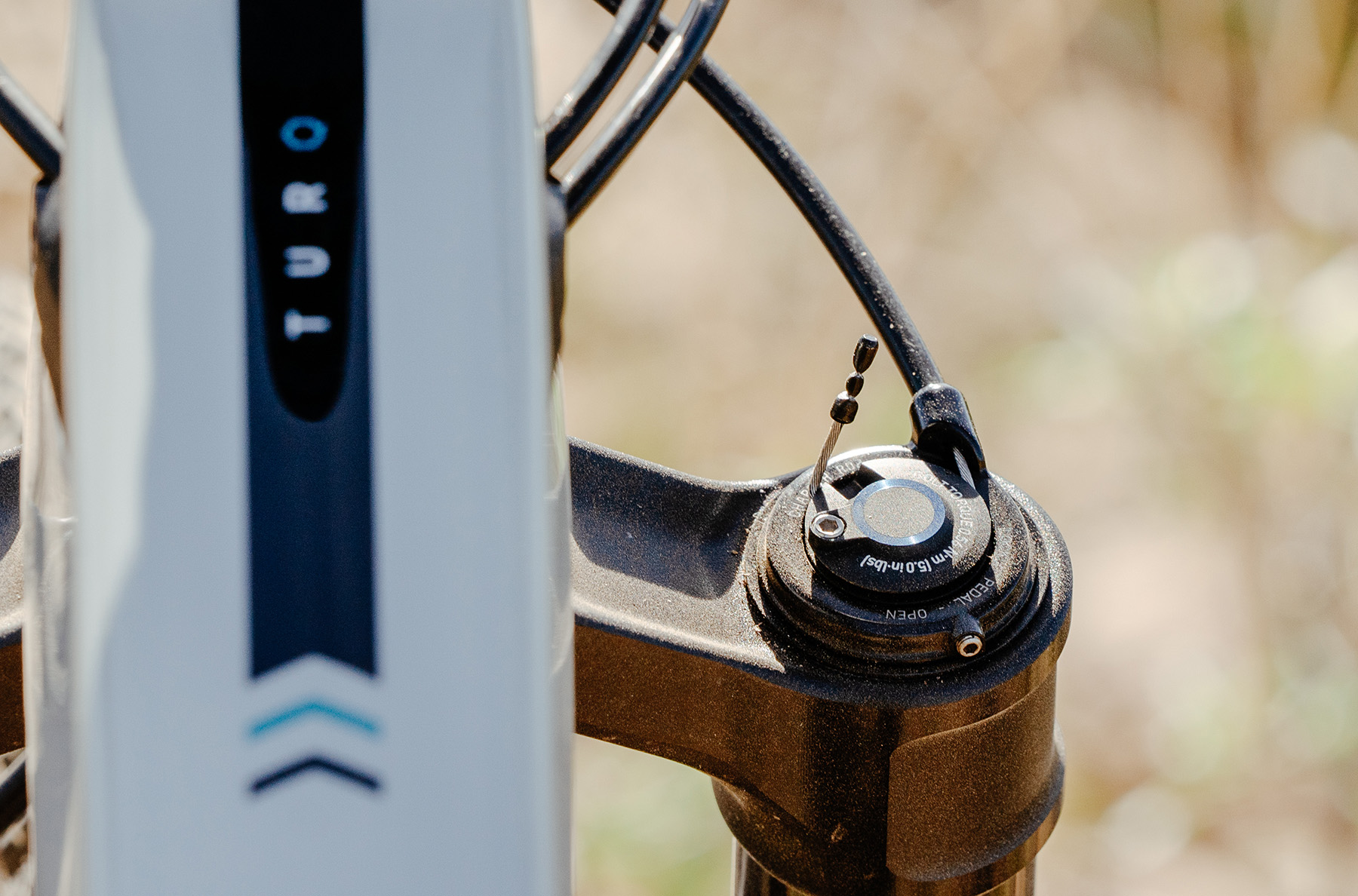
FULL REVIEW
This year, Yeti re-entered World Cup XC racing with their latest ASR. The sport has evolved to include much more technical courses since the last ASR was released in 2017, so we were quite curious to see what their take on a modern XC bike would look like. We’ve spent the spring and summer on the new ASR and are ready to chime in with our thoughts.
But before we dive in, check out our video comparing the ASR to the Cannondale Scalpel:
Fit and Sizing
Dylan Wood (5’10.5”, 160 lbs / 179 cm, 72.5 kg): At my height, I am right in the middle of the overlapping bands for the Medium and Large ASR, according to Yeti’s sizing chart. But, after taking a look at the geometry, I opted to go with the size Large, with its modest 465 mm reach. I’m quite happy that I did. The Large ASR offers a pretty comfortable fit, reminiscent of a Trail bike. The seated pedaling position feels more upright than XC bikes of a decade ago, and even longer XC bikes of today, such as the Cannondale Scalpel. I like a low stack height on just about any bike, and the same is true of the ASR — I found myself running the stem with just 5 mm of spacers between it and the headset.
I never found the Large ASR to be too big, and I think I’d find the Medium to be a bit small. I would also prefer a bit more stability out of a bike like this that doesn’t have much suspension travel, especially since I find my only advantage on an XC course is my ability to effectively rest and recover on the way down, preparing for the next climb. The Large ASR also granted me plenty of room to move around out of the saddle, either when climbing or descending.
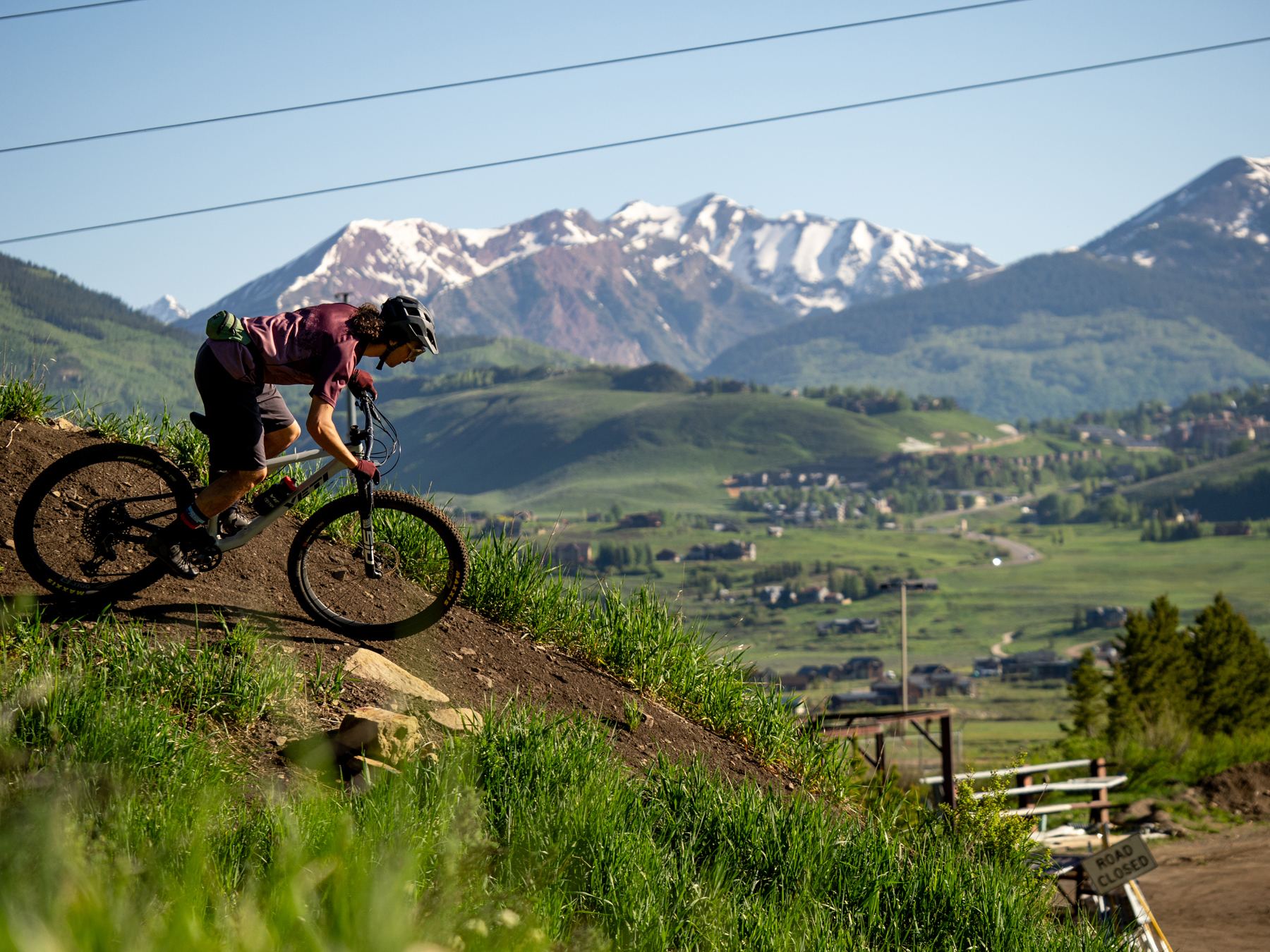
Simon Stewart (6’, 170 lb / 183 cm, 77.1 kg): While Dylan was in between sizes Medium and Large on Yeti’s size chart, and made his fit decision based on the reach numbers, I’m right in the middle of the range for the size Large. But when looking over the geometry chart, the short-ish 465 mm reach had me concerned it might feel a bit cramped. But, because the ASR is an XC bike, Yeti specs a 55 mm stem on all sizes. Now, 55 mm is short by XC standards of yesteryear, but it’s still 5 – 20 mm longer than what is typical on today’s Trail and Enduro bikes. Factoring the extra stem length into the equation, the reach on the size Large starts to fall more into my preferred range (475 mm to 485 mm).
I was happy when I swung a leg over the ASR the first time to find a familiar more upright Trail bike fit, versus a stretched-out “nose on the tire” XC race bike fit — I immediately felt comfortable, and not cramped like I was worried I might, so I’m also happy with the size Large.
When switching bikes with Dylan, I added 15 mm of spacers under the stem to bring the stack height up to where I like it. Also, It is worth noting that the ASR has a straight, uninterrupted seat tube, and can accommodate a much longer-travel seatpost than the 150 mm Fox Transfer SL that is spec’d — Yeti claims a 200 mm post will fit on the size Large and XL (depending on rider proportions of course).
Climbing
Dylan: The ASR is an extremely capable climber, but it also isn’t a purely conventional XC race bike.
Don’t get me wrong — this bike is quick, efficient, and truly a pleasure to climb on. At only 24.6 lbs in the T3 X0 Transmission build, there isn’t much mass holding it back from accelerating quickly and chugging up long climbs with ease. But, it also offers impressively active rear suspension, providing good traction with the suspension fully open. I think the ASR can afford to be slightly more traction-oriented from a suspension kinematics perspective, thanks to the excellent RockShox 3-position TwistLoc on every build kit of the ASR. A simple twist of this remote on the left grip makes the bike even stiffer and more efficient in the “Pedal” position, and the ASR feels almost fully rigid in the fully locked position, allowing for truly remarkable efficiency when traction is not an issue. I found myself using the middle and fully locked positions almost equally, mostly reserving the fully locked position for the smoothest of roads and trails, which are actually pretty common at Hartman Rocks in Gunnison, where I spent the most time riding and racing the ASR.
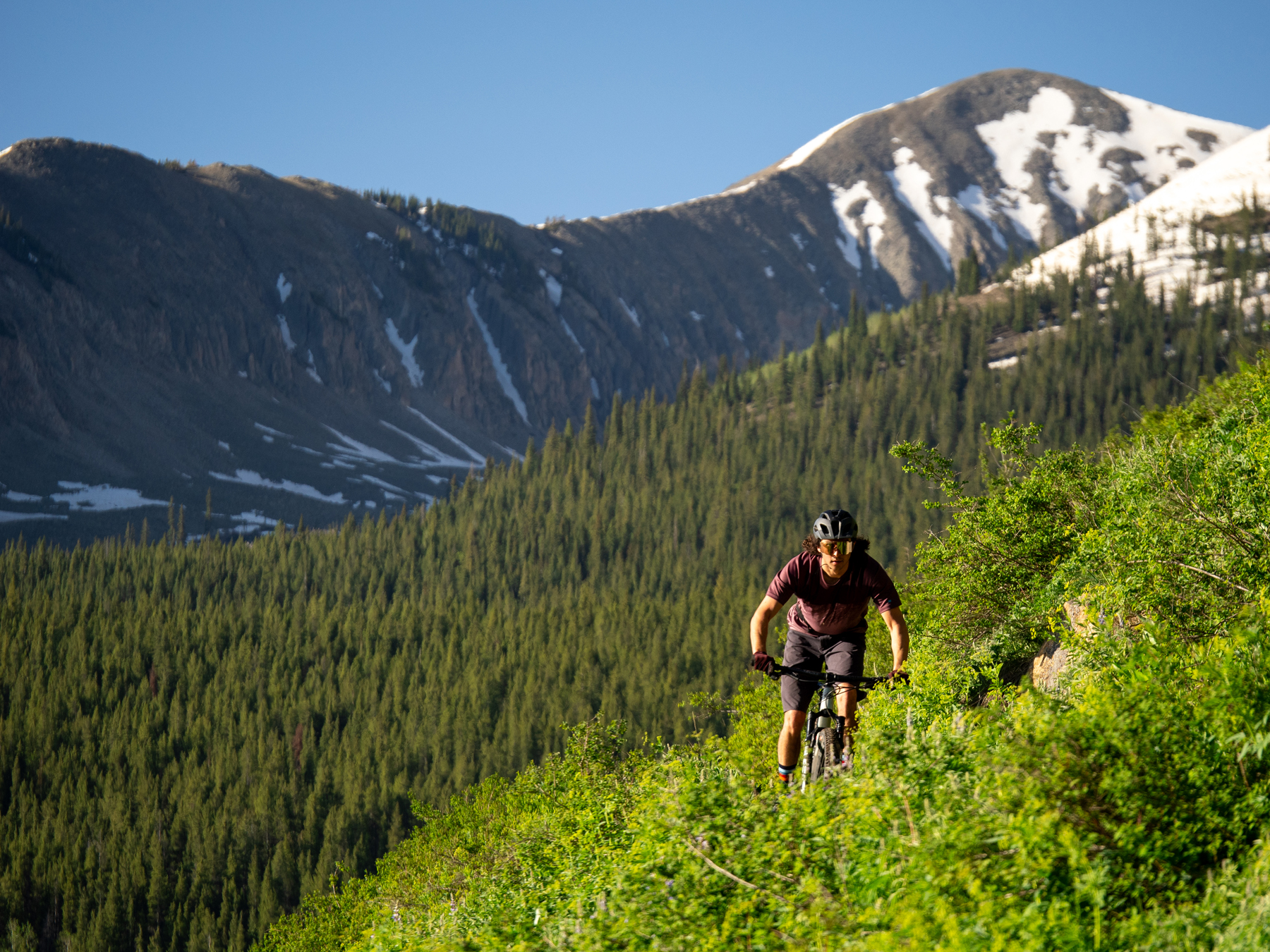
On more technical climbs, the ASR provides more traction than most dedicated XC race bikes. It still requires a more active and precise approach to cleaning slippery and steep climbs, but it utlilizes its 115 mm of rear suspension quite well to tackle these climbs without expelling too much energy. Overall, the ASR is a really impressive climber that steps up to the task of being really efficient and capable on the way up, and it only becomes more impressive when you point it downhill.
Simon: Splitting my time between reviewing eMTBs and mountain bikes, it can sometimes be hard to get motivated to ride a non-powered bike on those days when I’m feeling a little flat. The ASR, however, is such an inspiring climber that I never overlooked it for a bike with a motor.
In addition to spending time on the same bike Dylan had, I also got to spend time on a T3 XO Transmission build with the DT-Swiss carbon wheel upgrade, which brought the weight down to a hard-to-fathom 23.5 lbs / 10.7 kg. The ASR is the lightest full-suspension mountain bike I have ever ridden, and lighter than most of the hardtail mountain bikes I’ve been on too.
The incredibly low weight and efficient flex stay suspension make riding the ASR uphill feel like cheating. I appreciate the ASR’s more upright seated riding position on long arduous slogs because I’m just simply more comfortable than I tend to be in a more hunched-over position. When doing long rides on the Cannondale Scalpel, which has a more stretched-out and hunched-over riding position, I struggle a bit with neck pain, but that doesn’t happen on the Yeti. It’s hard to put into words how fast the ASR can climb, but to put it into perspective, after my first ride I googled “XC mountain bike races near me”. Unfortunately, I didn’t get the chance to race the ASR, but Dylan did and finished second in his category at a local race.
The ASR felt so fast everywhere that it made me think it may be faster than an eMTB in certain situations, so I decided to find out. I raced a friend on a full-power MTB, first on a fire road climb, then on a punchy undulating trail. On the fire road climb, he pulled away pretty quickly, but that was expected. On the undulating trail, it was a different story. I was able to consistently go faster than the eMTB’s 20 mph assist cut-off on the flats and short descents on the ASR, and the climbs weren’t long enough for the eMTB to close the gap. But it wasn’t just the pedaling efficiency and low weight that made the ASR fast — the ASR’s energetic handling made it quicker in tighter sections of trail, and when transitioning from climbing to descending and vice versa. Granted, racing an eMTB was at most a fun experiment, but it also highlights the ASR’s strengths, and I was inspired by how rewarding it is to ride the ASR fast in just about any terrain.
I agree with Dylan that the ASR handles technical climbs well, and also that it does take a precise approach — not surprisingly, you can’t just plow into rocks and ledges and expect the suspension to take care of the rest. The ASR requires more of a skillful touch to successfully navigate challenging sections of trail, but does so really well if ridden with some precision.
Descending
Dylan: At the end of the day, the ASR is a lightweight XC bike with just 120 mm of suspension travel up front and 115 mm out back. But, it utilizes this available travel extremely well, providing a noticeably grippier downhill experience paired with a more upright fit that allows for an easier time moving your weight back on steep terrain.
The ASR works best well with an active, dynamic style on the way down, using its efficient suspension and pedaling platform to pump features and sprint out of switchbacks. It won’t trick you into thinking you’re on a Trail bike, but it gives you every available millimeter of suspension travel without easily blowing through it and frequently bottoming out. But, it really separates itself from other bikes in its class due to its great traction. The ASR is designed to be run at 30% sag out back, and this is noticeable on the way down, with the rear wheel staying in contact with the trail more often than on other XC bikes designed around 25% rear sag.
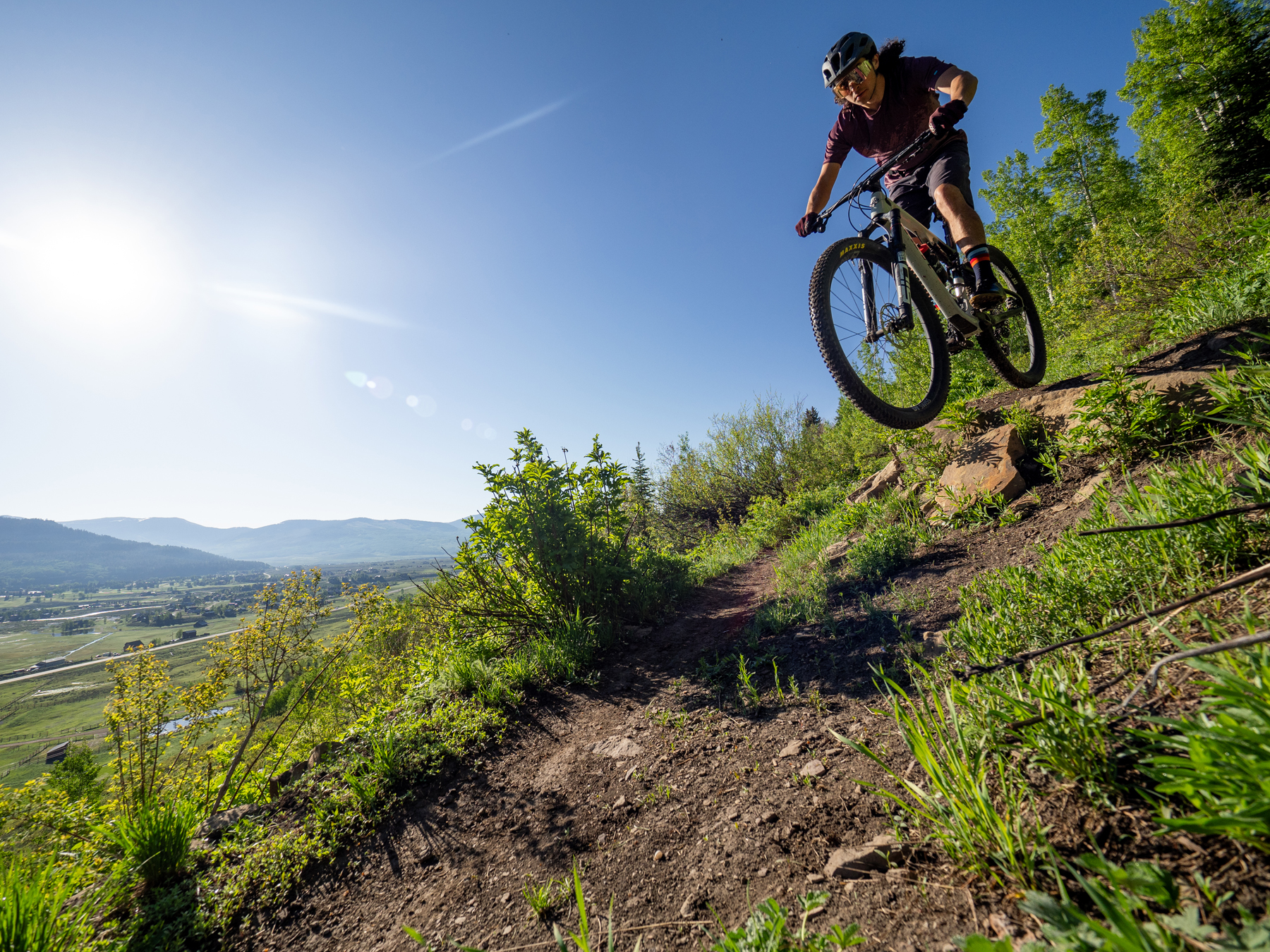
The ASR also has modern, capable geometry that compliments its suspension, with stable steering and a decently big sweet spot on the way down. Its reach isn’t quite as long as other XC bikes or modern Trail bikes, but this does allow for a more upright, heads-up riding position on the way down. Combined with its slightly higher stack height, the ASR doesn’t require that you be as forward and aggressive when descending, which certainly aids in the confidence this bike gives in steep, technical terrain, where it’s easier to get further off the back of the bike.
Simon: As good as the ASR is going up, it impressed me even more when going down. The more upright body position (compared to XC bikes like the Cannondale Scalpel) helps keep you in an aggressive downhill position that promotes confidence, and it consistently utilizes all of its available 115 mm of rear travel without bottoming out.
As Dylan mentioned, the ASR is designed to have 30% rear suspension sag, which honestly seems like a lot for a shock with only a 40 mm stroke, but I think it factors into the ASR’s above-average sensitivity and traction (for the short-travel XC category). And like I said above, I didn’t experience any harsh bottom-outs with that amount of sag, nor did I need more support, so my advice is to follow Yeti’s setup recommendations because they are spot on.
I had a blast cornering on the ASR, the way the suspension stores energy and releases it on corner exits is another way it seemingly effortlessly builds speed. Plus, it flicks back and forth beautifully when linking up multiple corners in a row. I did get a little overconfident a few times and pushed the front end a bit hard and almost high-sided — a good reminder that the ASR’s relatively steep 66.5º head angle can allow the front wheel to turn in quite quickly.
Overall the ASR is a very competent descender. Sure, it demands you pay attention since it doesn’t have the travel to forgive all of your mistakes, but it is very rewarding and fun to ride with an engaged and dynamic approach.
The Build
Dylan: The T3 X0 Transmission build kit we tested leaves little to be desired, and that is reflected in its pricing. I was a big fan of the SRAM X0 Transmission drivetrain, which pairs nicely with an XC bike like the ASR, where I find myself downshifting under load more often than on other types of mountain bikes. The SRAM Level Silver Stealth 4-piston brakes provided all the power that I could ask for, albeit without anything impressive in terms of modulation. But, for the ASR, they got the job done.
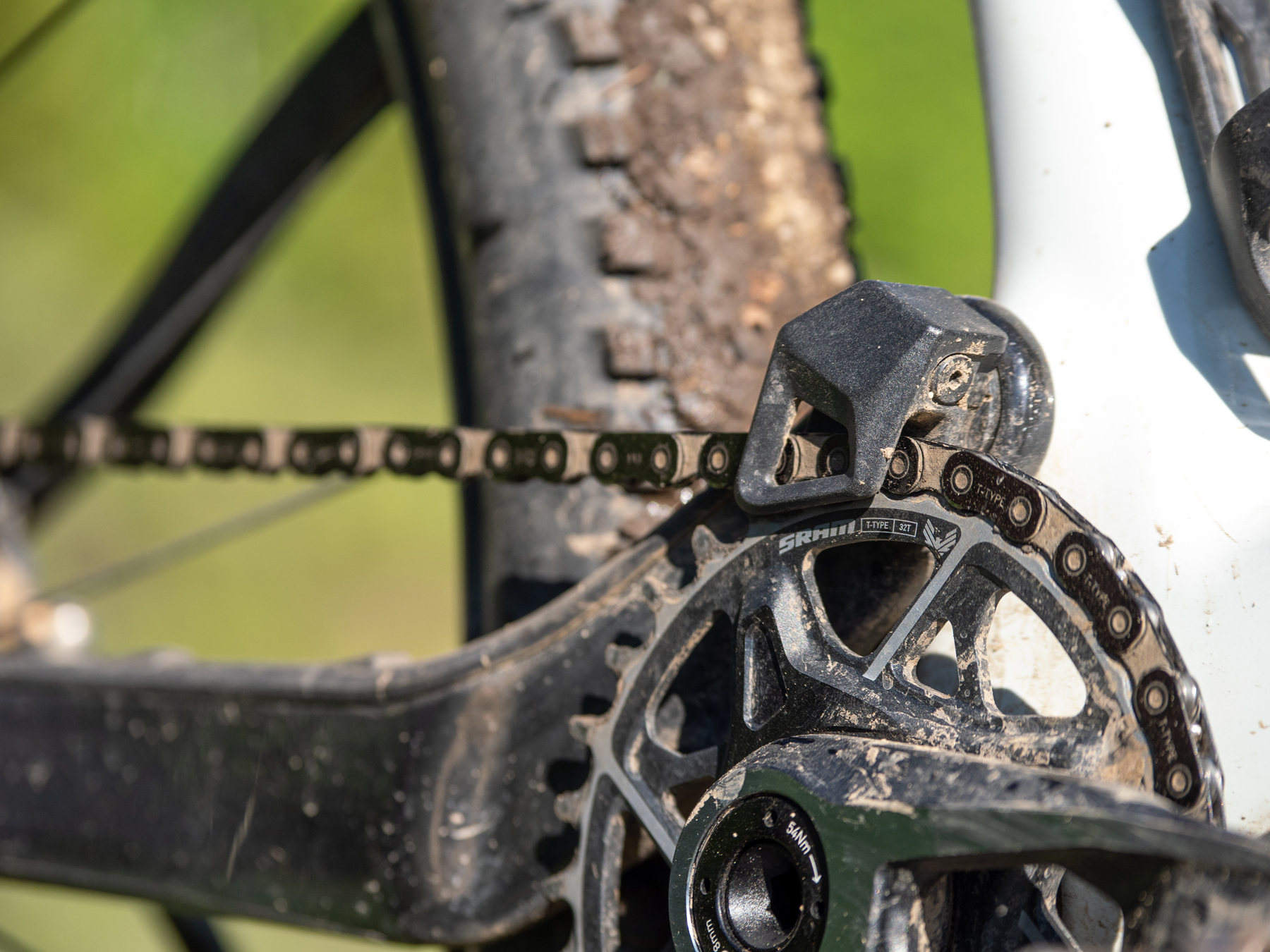
The RockShox SID Ultimate Fork and SIDLuxe Ultimate rear shock worked beautifully with the ASR, providing impressive traction for a bike that is light, efficient, and short-travel. They certainly had a lot of energy in them when loaded up too, allowing the ASR to be poppy and playful when pre-loaded before a drop, jump, or corner. I want to emphasize just how excellent the 3-position TwistLoc is on the ASR, and the fact that it comes with every level of build kit. I don’t think I want to ride an XC bike without this excellent grip-mounted lockout system.
The DT Swiss XM1700 wheelset on the ASR was also excellent and stayed true and taught throughout our test period. But, there’s also an opportunity for some weight savings here, which I’ll let Simon expand upon.
Simon: I share the same build highlights as Dylan, so I can jump right into the wheels. Yeti offers the DT Swiss XRC 1200 carbon wheelset as an upgrade option. At $2,000 it’s a fairly expensive upgrade, but you do save 1.28 lbs / 579 g — the ASR I tested with the wheel upgrade weighed a svelte 23.5 lbs / 10.7 kg. Wheels are considered unsprung weight, which is defined as mass unsupported by the suspension, and reducing unsprung weight is known to make a positive impact on handling and ride feel. The ASR is noticeably quicker accelerating with the wheel upgrade and generally feels a touch faster everywhere as well.
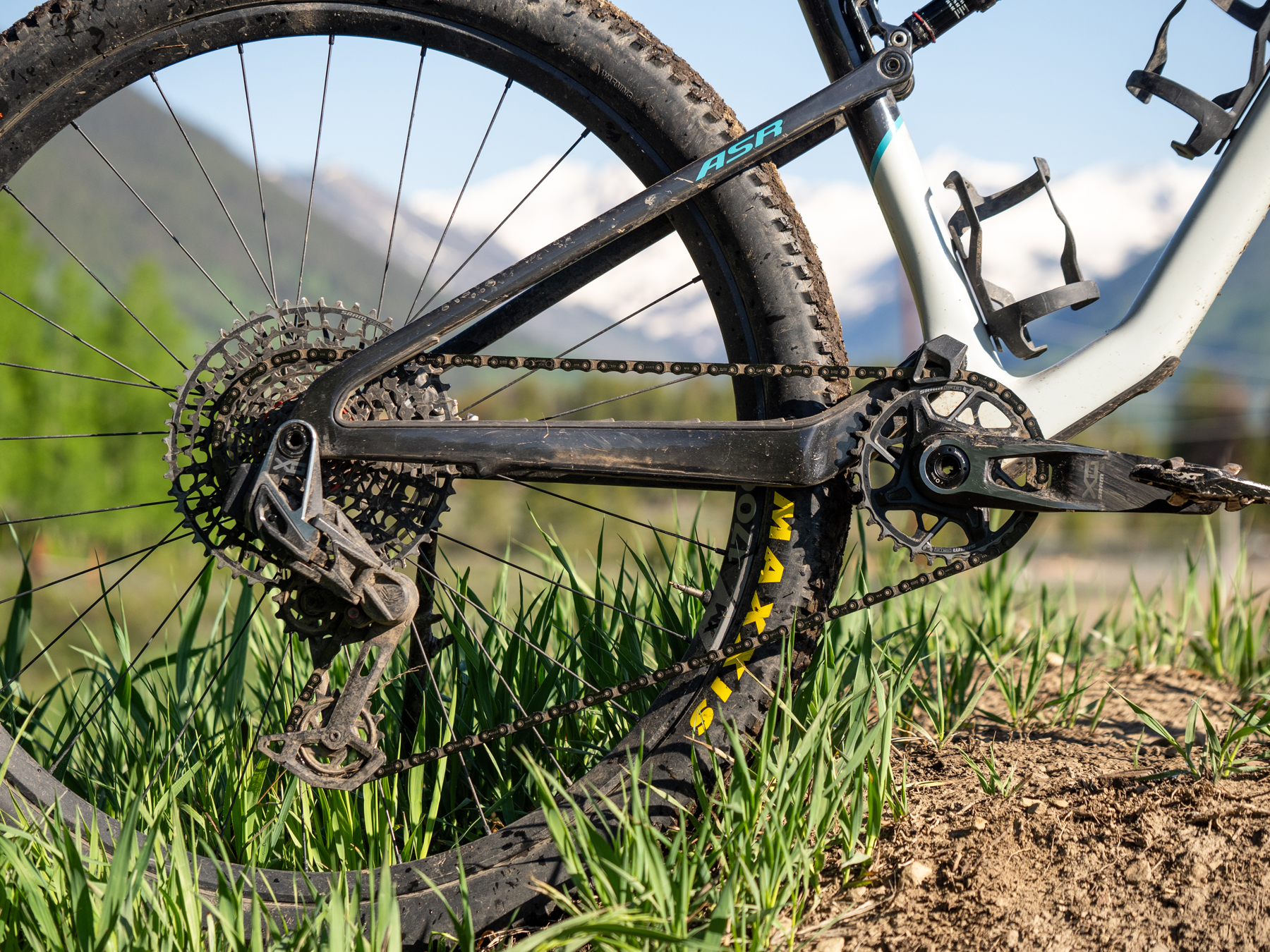
On the topic of wheels, I prefer the tire spec on the ASR over what Cannondale specs on the Scalpel. Yeti chose a Maxxis Recon front, and a Maxxis Recon Race rear combination for the ASR, while Cannondale puts a very racey Maxxis Aspen in the rear, and a Maxxis Recon Race in the front. The Maxxis Aspen struggles for traction in the rear on the predominantly loose over hard conditions I ride in, and the Recon Race handles those conditions better with only a slight penalty in rolling resistance. I also prefer the non-race version of the Maxxis Recon up front for more bite while cornering.
Who’s It For?
Dylan: The Yeti ASR is an excellent choice for anyone looking for a quick, efficient XC bike, whether you’ll race it or not. The ASR makes long, demanding climbs easier, and just flies through flat, undulating terrain, too. But, the fun doesn’t end on the way up. The ASR is also an impressively capable descender that provides a bit more traction than most other XC bikes, and a more laid-back, Trail bike-esque fit that makes demanding downhills more digestible.
Simon: The ASR offers all the benefits of a lightweight XC bike, but with a more Trail bike fit and geometry that also make it a category-leading descender. I think that combination makes the ASR a very compelling choice for folks who want XC bike efficiency, yet aren’t willing to compromise descending performance quite as much as most comparable options to get there. Personally, I fit that description, and my dream bike quiver would likely include an ASR.
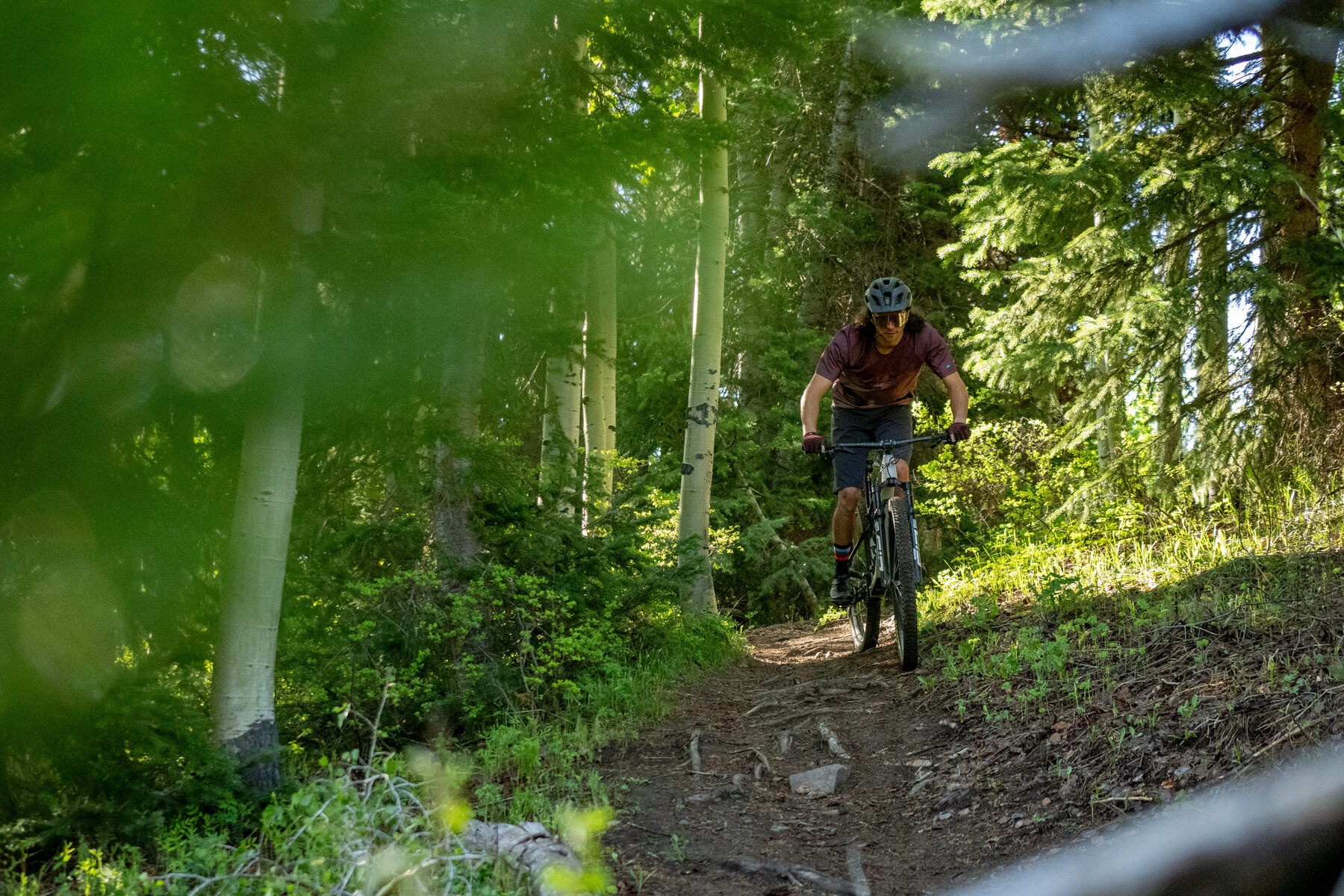
Bottom Line
Yeti has come up with something really special in their latest World Cup XC bike. They’ve managed to create an exceptionally efficient XC rig worthy of athletic uphill sprints while also retaining Yeti’s DNA which is undeniably full of impressive success in the more gravity-fed disciplines in the last decade. The result is a very versatile XC offering that many folks could be quite happy with.
Deep Dive Comparisons
BLISTER+ members and those who purchase our Digital Access Pass can check out our Deep Dive comparisons linked below. Get our Digital Access Pass to view all our Deep Dives and Flash Reviews, or become a BLISTER+ member today to get access to that and a LOT more, including the best worldwide Outdoor Injury Insurance, exclusive deals and discounts on skis, personalized gear recommendations from us, and much more.
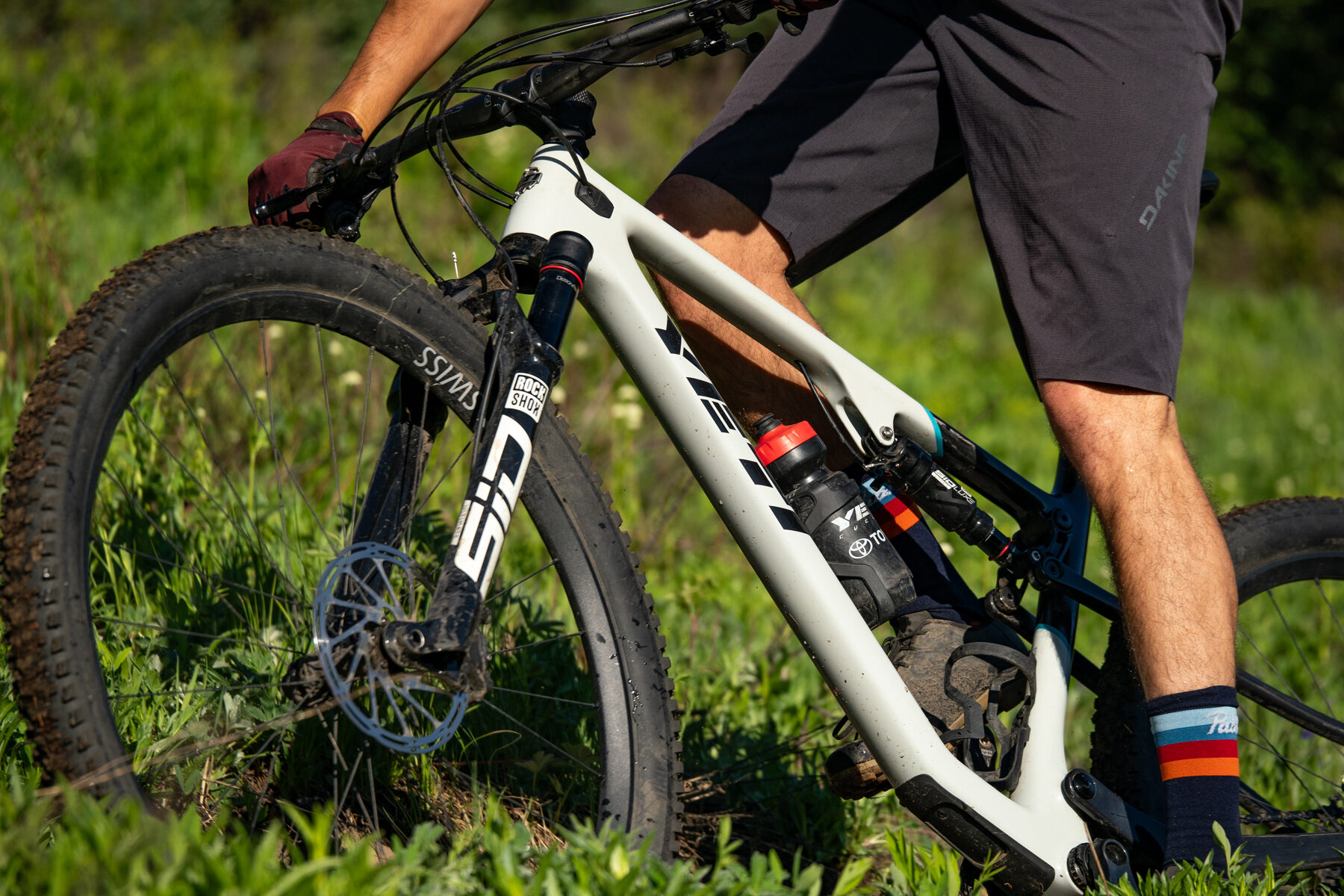
Deep Dive: Yeti ASR
We compare the Yeti ASR to the Cannondale Scalpel, Commencal T.E.M.P.O, Yeti SB120, Pivot Trail 429, Niner Jet 9 RDO, Revel Ranger, SCOR 2030, Specialized Epic Evo, and Trek Top Fuel.
Blister’s Flash Reviews and Deep Dives are accessible to those who purchase one of our paid subscriptions
To get our comprehensive Deep Dives and our initial, unfiltered reports on new gear, become a member and receive many other services, deals, and discounts.
If you’re already an active member, please log in.
(If you’re already logged in and a member in good standing and seeing this message in error, please refresh this page in your browser.)

C3 with a wheel credit would be a ripper! My one season with a Twist-loc was no fun.
But I do wish they’d baked in a bit more anti-squat. For an xc bike, I want it to firm up and jump when I hit the pedals. For a trail bike, I want less, for smooth pedaling in chunk.
What does your comment mean in layman’s terms?
Essentially more antisquat means the rear suspension firms up under energetic pedaling, primarily due to chain tension. Call it a “snappy” pedaling feel.
Yeti says you can upgrade up to 20mm of travel in the fork. What are your thoughts on a frame up build utilizing a 130 Pike Ultimate up front and the Super Deluxe out back. Obviously loosing the 3 position twist lock for a more trail oriented layout. Add to that 4 piston XT with 180/180’s . Obviously opting to go with the full carbon wheelset with mechanical shifting to reduce grams. Since this is a pretty light frame already, the added weight of the beefed up suspension and breaks shouldn’t be a significant hit to rolling efficiency. Thoughts?